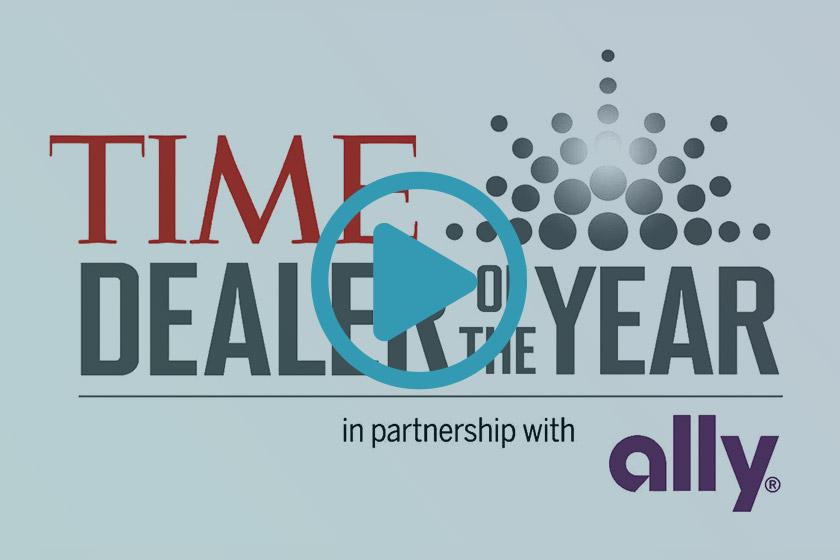It’s increasingly commonplace for marketers to use customer data to inform their strategy and approach. Statistics show that an overwhelming majority of marketers have increased their reliance on data in recent years, and most marketers at least say they’re going to become more data-driven in the months to come.
There’s no question that marketing and data go hand in hand. One thing marketers need to be aware of, however, is that not all forms of data are created equal. There are a few types of data worth knowing about; for the purposes of this article, we’ll focus primarily on first-party and third-party, with some brief comments about second-party data. The type of data you put your trust in could have a big impact on the shape and the success of your marketing campaign.
Why First-Party Data Use is on the Rise
Here’s what the issue boils down to: When you use data to create a marketing strategy, you obviously want that data to be accurate and authentic. The best way to ensure you’re working with “good” data is to gather it straight from the source. That’s what first-party data is; it’s data that comes directly from your target customers. This type of data tends to be perceived as much more trustworthy by marketers and advertisers.
With third-party data, on the other hand, you’re getting your information indirectly, through a middleman or data aggregator… and that brings a higher risk that the data you’re working with isn’t as reliable. It might also run you afoul of online privacy violations.
This may sound like an open-and-shut case; if first-party data is more valuable and more trustworthy, then it’s really a no-brainer, right? Well, not quite. There are a few inherent limitations to the use of first-party data, and one is that it doesn’t always lend itself to expanding your audience; this is especially true with smaller businesses. Simply put, first-party data allows you to go hyper-specific with your existing audience, getting a detailed look at transaction histories and other demographic information. Yet, this information may not be enough to scale your audience; it’s always going to be limited by the very nature of your business. For example, if you have a fitness app, first-party data will allow you to glean insights into the fitness habits of your audience, but it may not help you harvest additional data that you could use to branch into new markets.
Another potential drawback: While first-party data is often preferable to third-party data, it does take some work to collect it. That’s because most consumers already feel like businesses and brands ask them too many questions or want to know too much personal information. To entice customers into revealing more about themselves, marketers have to be very clear about the value exchange; you have to answer the question, what’s in it for the consumer?
For companies willing to lay this foundation of candor and transparency, however, first-party data collection can be a real win. Be upfront about what kind of data you wish to collect, why you’re collecting it, and how it can improve the customer experience; then, make sure you hold up your end of the bargain, only collecting the information you say you’re going to collect and using it the way you say you’re going to use it.
For marketers who have a local strategy, a hyper-targeted, 1:1 approach is really ideal. Convey the right message, in personal terms, and you may find that it helps you build trust, establish rapport, and drive conversions. All of this can be invaluable, and not just from the standpoint of data collection.
Third-Party Data Collection is in Decline
Meanwhile, the use of third-party data is generally waning. A big part of this has to do with increasingly strict privacy regulations, like Europe’s GDPR. Another component is the increased public scrutiny to the data-collection practices of Facebook and other companies. Simply put, marketers have less trust than ever in third-party data collection.
Indeed, you can see the decline of third-party data collection in the ways in which platforms like Firefox and Safari have adjusted their platforms, making it harder than ever to glean user data without permission.
That’s not to say that third-party data doesn’t have its place, however. Rather, we would argue that it can be one of several tools in the marketer’s toolbox. Indeed, once you have a clear sense of your first-party data and can identify some potential gaps, you can judiciously purchase third-party data to help cover those gaps, and potentially reach out into new markets or demographics.
What About Second-Party Data?
You might find yourself wondering if there’s some sort of middle ground between first-party and third-party data. There is; naturally, that would be second-party data, which accounts for some of the most prominent data collection apparatuses out there, including Facebook and Google.
Basically, second-party data is first-party data that’s collected by someone else, then sold to you directly at the source. In some situations, it can help you overcome some of the scale and reach limitations that come with first-party data. For instance, if you acquire information from Facebook, you’re no longer bound by the nature of your business or product offering, as in our fitness app example above. As such, second-party data can sometimes be helpful for actively expanding an audience.
Second-party data can be helpful, but it, too, has drawbacks: You’re not bound by your own operation, but you are bound by the operation of your first-party data collection partner. Also, while Facebook and Google obviously have tremendous information-gathering abilities, those increased worries about privacy and online autonomy are making many users increasingly skeptical of the data they share with big tech platforms.
A Case for People-Based Marketing
One framework that can be helpful to marketers trying to properly collect and implement data is the people-based marketing approach; this is a paradigm that encourages those 1:1 connections and seeks to offer the end user a personalized experience.
People-based marketing can be a great way to get the information you need without breaching consumer trust. It can also help you sell the value of your data collection efforts.
It’s something we’re proponents of here at enCOMPASS, and we’re happy to talk with you further about the people-based marketing approach, or about data collection in general.
Reach out to enCOMPASS whenever you’d like to start a conversation with us.
SHARE THIS ARTICLE:



